How to draw straight-line without a ruler
It may seem easy to some people, and downright difficult to others. Nevertheless, try not to ignore its importance, because the straight line will be one of the basic skills that you must absolutely master.
After this tutorial, at very least you’ll be a pro at Dot-to-dot!
Monkeying around – Dot-to-dot books
Start with a ballpoint pen and several blank sheets of A3 or A4 paper, whichever you prefer. You will cover these pages in dozens and dozens of lines. In fact, you’ll sacrifice entire sketchbooks to practicing drawing straight lines, and guess what: you’ll get good at them.
This strategy may make the more environmentally friendly wince, as all these sheets of paper will end up looking something like this:
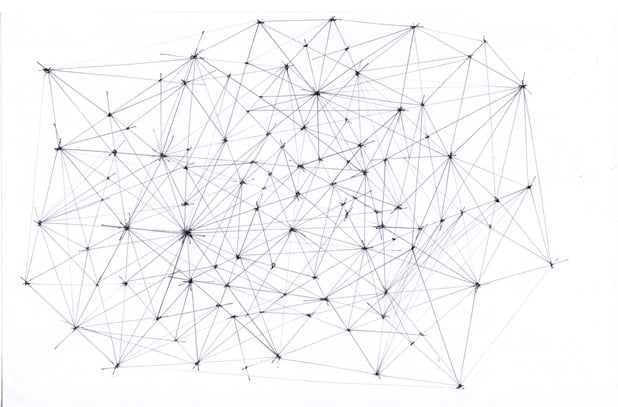
TIP
Reach the next level mastering the straight line
The straight line is most notably useful for:
- Drawing a perspective plane.
- Drawing construction lines and simplified geometric forms, such as squares, cubes, and cylinders. The more precise and skillful your lines, the more your drawing will be able to start from a solid base and proceed successfully.*
* We’ll explore the further applications of straight lines in greater depth in their specific articles. Everything in its own time. Master the straight line first.
Why are straight lines so difficult?
As we begin to draw, the body tries to find a stable position, and as a result, stiffens unconsciously. The wrist and/or the elbow is placed on the table. Our mind is concentrated solely on the movement of the drawing utensil, so we’re unlikely to notice these posture changes.
Unfortunately, this tense posture allows very little room to move as we draw. The wrist and the arm naturally have a tendency to draw like a pair of compasses and curve the straight lines, especially the longer ones.
The solution is simple:
- Turn the paper and not the body.
- Draw the line by moving the entire arm, not just the hand. The elbow, and eventually the chest will also follow the movement of the line.
CONNECT THE DOTS
- Draw two small crosses randomly on the page.
- You’ll connect these crosses with a straight line; make sure to turn the paper if necessary.
- Before drawing the line, simulate the gesture just above the paper.
- This is called “ghost drawing”. Get familiar with this movement, and when you know you’re ready, put pen to paper and draw. Connect the two crosses.*
- Draw using the movement of your whole arm.
- Do it again. Make straight lines of differing lengths and angles connecting the crosses.
*You can go beyond them; it doesn’t matter so long as your line passes through both.
TIP
Be steady like playing pool 
- Have you ever played billiards or pool? Picture your hand guiding the cue. If your grip is shaky, the cue will hit a ball with less precision and the ball shoots off in a more or less random direction. With drawing it’s similar.
- Try to channel the sort of steadiness you’d need in a game of pool. When you make your lines, keep steady for the entirety of the movement.
- Pose the pencil to begin, draw, stop, and lift the tip. A clean start and a clean stop. Keep regular pressure and a constant speed from start to finish. Do not try to go too fast.
In the next article, we’ll talk about drawing straight lines of 25cm and more. See you there!
Was drawing straight lines as hard as you thought it would be, or easier?
Drop me a message in the comments.
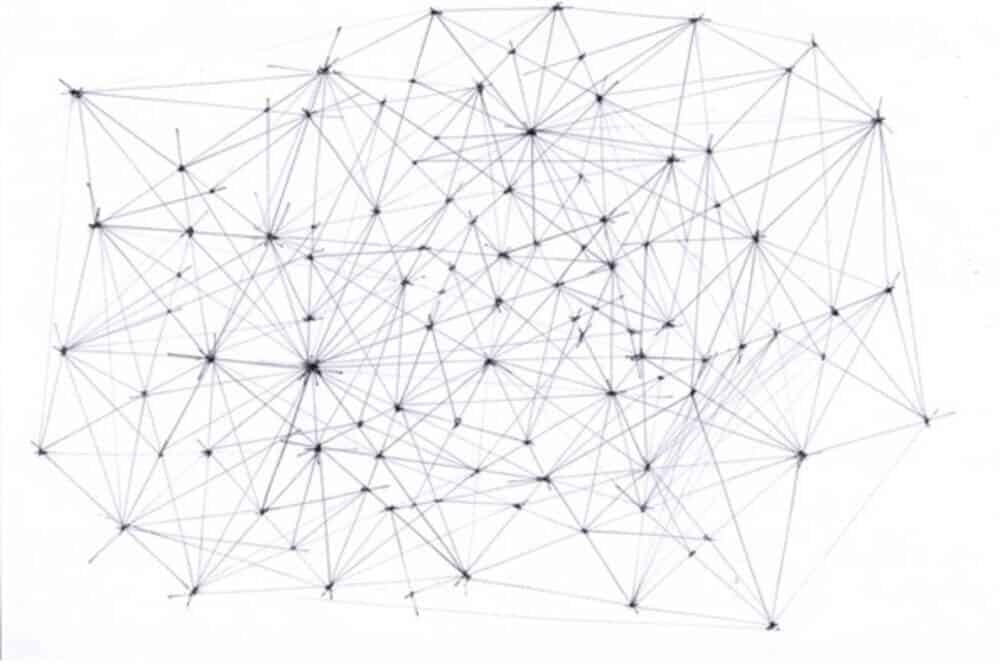
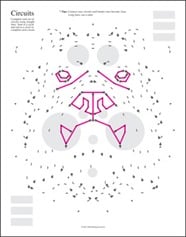
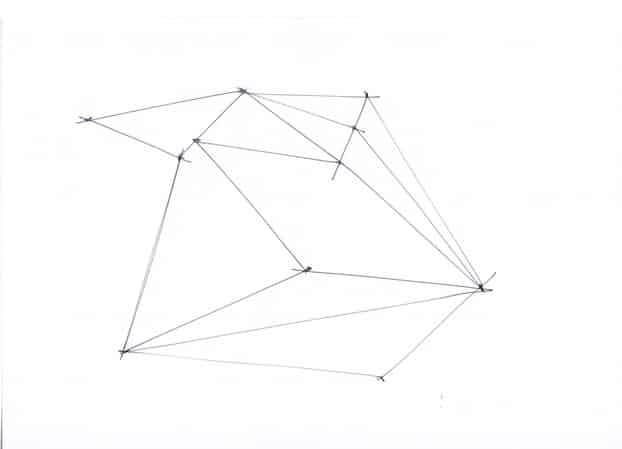
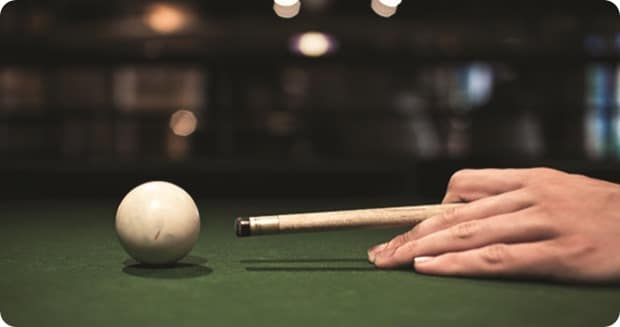

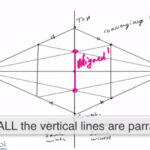

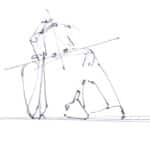

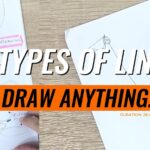



[…] Before beginning this tutorial, I suggest you to refer to “Be a pro at dot-to-dot mastering straight lines” […]
[…] One step at a time is preferable. For the perfect circle, it’s basically the same idea as tracing straight line. Let’s see how to do step by […]
[…] curves. Undo with Ctrl-Z when needed. Redo until you get a satisfying result. Remember to use the ghost drawing that we saw earlier in the Basics […]
It would be interesting to see a video of an artist doing this. Is there one?
Hi Leonor, I agree. I plan to make videos in near future. Thank you. I appreciate your feedback. Cheers, Chou-Tac
Hi Leonor, I agree. I actually plan to prepare some videos in near future. Thank you for your feedback. I appreciate.
Mr. Chou-Tac, thanks for your post, i’m trying to do these excercise, I draw a lot of points and lines, it’s relaxing, maybe i’ll learn to draw, your post make me feel that it is possible, i hope your post will exist in some months and i’ll share my progress with you, thanks again.
Hi Miguel, let me know how things going whenever you got some time. Cheers.